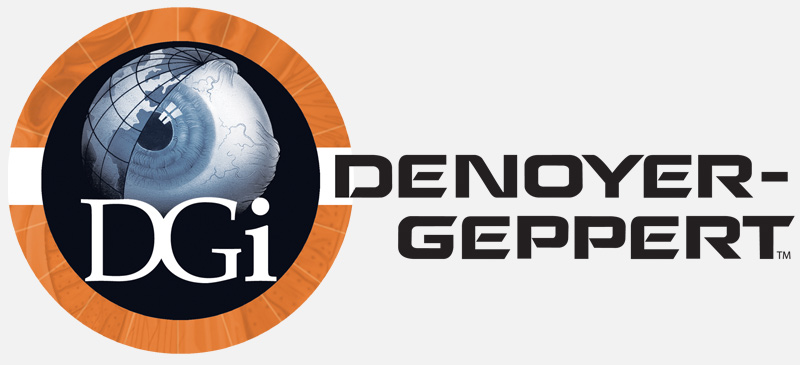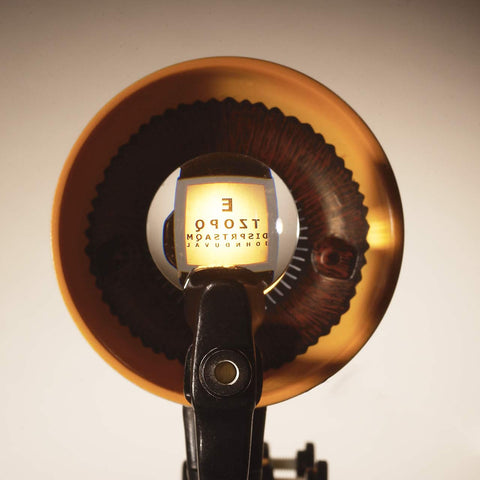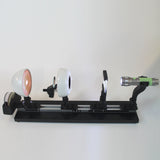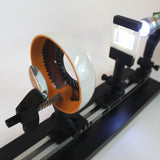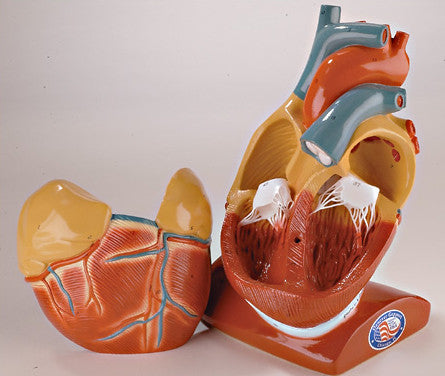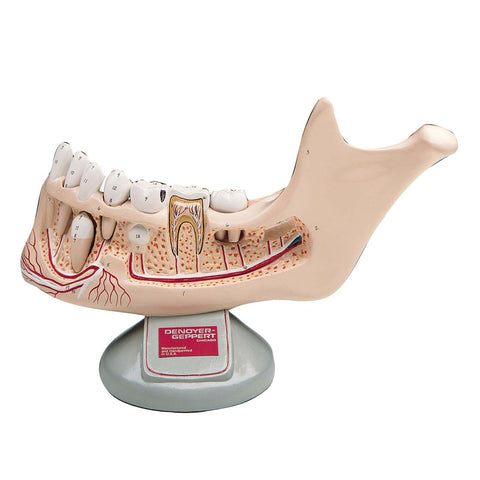0766-00 Rubin's Eye Vision Lab
0766-00 Rubin's Eye Vision Lab
Using Rubin’s Eye and Vision Lab your students will not only witness how the human eye functions, they will also recreate common visual disorders and discover how to correct them.
Using the Rubin’s eye lab they will first demonstrate how crisp, inverted images are projected onto the retina during normal vision (emmetropia). Next they’ll discover how the internal lens of the eye must adjust its focal length in order to bring near objects into sharp focus (accommodation).
They will go on to reproduce each of the following visual disorders:- Myopia (nearsightedness)
- Hyperopia (farsightedness)
- Presbyopia (age-related near-vision failure to accommodate)
- Astigmatism (blurred or distorted vision at any distance due to irregular corneal curvature)
For each disorder, your students will in turn have to implement appropriate corrective steps — reinforcing the learning experience as they do so.
The self-contained Rubin’s Eye Lab package incorporates:
- An optical bench with track and indicator markings for experimental repeatability.
- Image slide holder.
- Anterior eye hemisphere with corneal lens holder and internal lens with patented accommodating capabilities via trigger.
- Posterior eye hemisphere with depiction of retina.
- Long-life LED light source.
- Four adjustable supports for positioning components on bench.
- Set of five interchangeable color-coded corneal lenses made of impact-resistant optical plastic:
- Plano lens (clear)
- Concave lens (pink)
- Convex lens (gray)
- Two astigmatic (toric) lenses (yellow)
- Lens caddy for storing corneal lenses.
- Step-by-step illustrated instructional guide to experiments and suggested curricular activities.
Overall dimensions: 18L x 4½W x 8H inches (46x11x20cm)
Rubin's Eye Model and Vision Lab from Denoyer Geppert on Vimeo.
We Also Recommend
